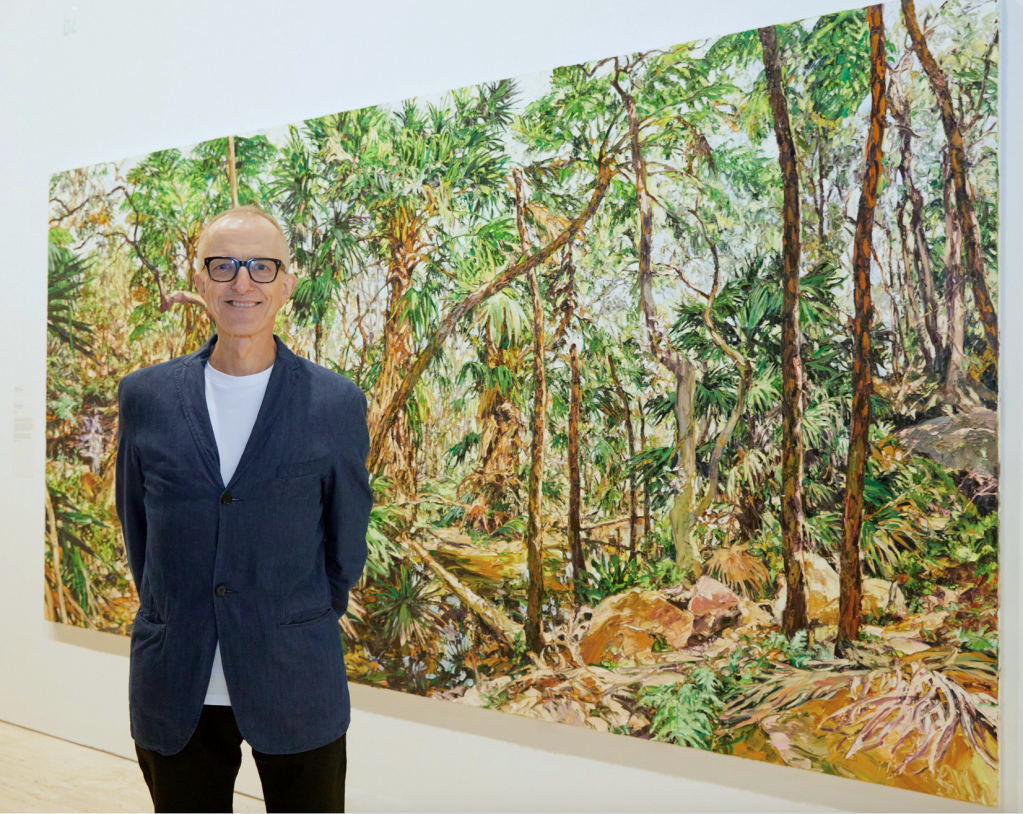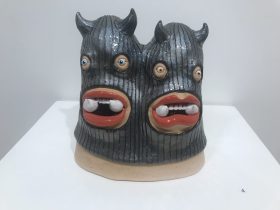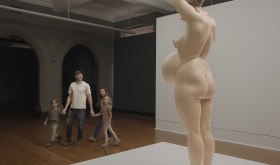In the Guardian Australia obituary, seasoned writer David Marr says it blankly: ‘Nicholas Harding has died.’
It is a sombre reality, to face the passing of one of Australia’s much-loved painters. Harding was just 66, and had battled cancer for some time.
This had been a milestone year for the Sydney-based artist. In May, he was awarded the $50,000 Wynne Prize – arguably Australia’s most prestigious prize for landscape painting, presented by the Art Gallery of NSW (AGNSW). He won with a painting spanning four metres, entitled Eora – a kind of dappled, composite view where the audience was seemingly both within and observing this incredible bushland.
It was painted in a heavy, thick impasto – a style that had become a signature of Harding’s work across his 30-plus-year career. Marr observes: ‘He did beauty with absolute bravado.’
It was a feeling that was captured in many of the posts that circulated social media channels this week, and the news struck the hearts of many.
Brett Ballard, art specialist for Sotheby’s Australia, wrote in an earlier interview of Harding’s impasto style (2005): ‘We cannot think of Nicholas Harding without thinking of paint. Luscious, buttery paint. What Harding does with paint is important, but of equal importance is what he paints. Harding is after all a painter of subjects.’
While Harding loved to paint landscapes, he equally found a great connection through portraiture and the theatre as his subjects. Indeed, Harding’s portraits – among them sitters such as Hugo Weaving, John Olsen, Margaret Olley, Robert Dickerson, Peter Weiss, David Marr, Margaret Whitlam, Edmund Capon and Richard Roxburgh – were presented as finalist works in the esteemed Archibald Prize a total of 19 times.
Harding won ‘the Archi’ with a portrait of actor John Bell in 2001, combining two of his loves – theatre and painting. Bell was painted in costume for the Sydney Theatre Company’s (STC) King Lear.
Harding loved to draw, and would often be backstage, in the wings of STC. It was actor Hugo Weaving – with whom he had shared an enduring friendship since school days – who introduced him to the rehearsal room.
‘He is someone who would never bang his own drum,’ Weaving told The Australian this week. ‘He was in the studio every day, drawing and working with such grace and humility. He’s an inspiration to anyone in the arts.’
In 2020, Harding self-published the book From the Wings, containing a selection of his theatre rehearsal drawings from 2013 to 2018.
Maria Stoljar spoke this week of her interview with Harding, for her podcast series in 2019: ‘…he spoke with me in a grounded and humble way. He was humorous and not afraid to reveal moments of self-doubt. He was also open about the cancer treatment he’d undergone.’
Who was Nicholas Harding?
Born in London in 1956, Nicholas Harding came to Australia as a child in 1965. His family settled in the leafy northern suburbs of Sydney – its bush setting forging a connection with nature that would stay with him his whole life.
What was astonishing about this multi award-winning artist was his extreme natural talent; Harding was self-taught as a painter. While as a young man he worked as an illustrator and animator for the Hanna-Barbera studio in Sydney, he hankered after a more visceral studio life. He’d always painted and drawn – he started exhibiting in 1982 – but made that break completely in 2000, turning to full-time studio practice. A year later he won the 2001 Dobell Drawing Prize with the painting Eddy Avenue (3) and was a finalist in the Wynne Prize.
His painting, Beach life (pink zinc and figures), won the inaugural Kilgour Prize at the Newcastle Art Gallery in 2006. In 2013, he was awarded an Australia Council residency in Paris, a period that saw him expanding into quick works in gouache – adding to his adept and genuine use of watercolour and ink on paper as well as oils.
A milestone acknowledging that journey was the 25-year survey exhibition, Drawn to Paint, at SH Ervin Gallery in 2020. Harding also presented a major exhibition, 28 Portraits, at the National Portrait Gallery in Canberra in 2017; a testament to his knack at capturing so much more than just the image of a sitter in his portraits.
What Harding was best known for, however, are his inclusions in the Archibald Prize – a finalist on 19 occasions (13 years in a row from 1994 to 2006, and six times between 2009 and 2020).
Perhaps the most confronting was a self-portrait he painted in 2018 called Treatment, day 49 (sorbolene soak). He had been diagnosed with cancer of the tongue in October 2017 and wrote of that time during treatment: ‘One of the compounding side effects of the radiation is the burning of the skin, so when my neck was blistered and bleeding it would be treated with sorbolene, Flamazine cream and ice-cold wet bandage wraps. On my last day of treatment [day 49], I took a selfie on my iPhone during one of these regular sorbolene soaks and later did a drawing from it, which I used for this self-portrait.’
Harding’s cancer returned earlier this year.
He was represented by Olsen Gallery in Sydney, Philip Bacon Galleries in Brisbane and Sophie Gannon Gallery in Melbourne – often with sell out shows – and his works are held in the collections of most major Australian galleries.
Harding’s work has been the subject of more than 40 solo exhibitions since 1992 and he has been included in over 100 group exhibitions since 1982. Harding was also awarded a Centenary Medal in 2001.
Harding died at home. He is survived by his wife of many years, Lynne, and son Sam.





